Home>diy>Architecture & Design>What Does “WH” Mean In A Floor Plan
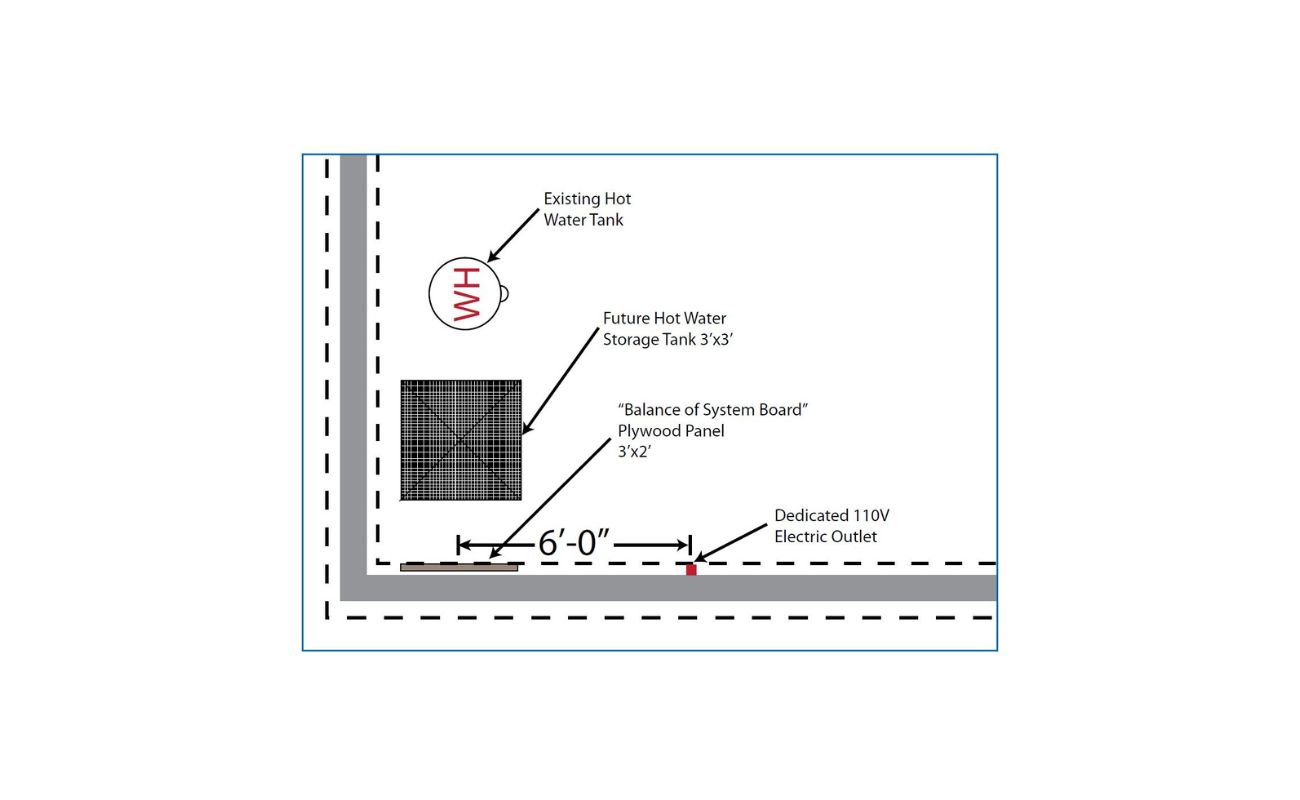

Architecture & Design
What Does “WH” Mean In A Floor Plan
Modified: August 28, 2024
Discover the meaning of "WH" in a floor plan and how it relates to architecture and design. Gain insights into this important aspect of floor plan terminology.
(Many of the links in this article redirect to a specific reviewed product. Your purchase of these products through affiliate links helps to generate commission for Storables.com, at no extra cost. Learn more)
Introduction
When it comes to architecture and design, floor plans are an essential tool for visualizing the layout and structure of a building. A floor plan is a scaled diagram that represents a building from a top-down perspective. It showcases the arrangement of rooms, walls, doors, windows, and other architectural features.
As with any specialized field, architecture has its own set of symbols and notations to convey information effectively. These symbols help architects, designers, contractors, and buyers understand the various elements and dimensions of a floor plan.
One commonly encountered symbol is the “WH” symbol, which appears in different areas of a floor plan. This symbol can cause confusion for those who are unfamiliar with its meaning. In this article, we will explore the significance of the “WH” symbol in floor plans and shed light on its various interpretations.
Understanding the “WH” symbol is crucial, as it can provide valuable insights into the functionality and design considerations of a building. So, let’s dive into the world of floor plans and unravel the mystery behind the “WH” symbol.
Key Takeaways:
- “WH” in floor plans commonly represents a water heater or a walk-in closet, crucial for residential designs. In other contexts, “WH” can signify a warehouse, web hosting, wheelchair accessibility, or even the White House.
- Understanding the “WH” symbol’s context is essential for accurate interpretation. Whether in architecture or logistics, “WH” holds diverse meanings, emphasizing the importance of consulting legends for clarity.
Read more: What Does “WIR” Mean On A Floor Plan
Understanding Floor Plans
Before we delve into the specifics of the “WH” symbol in floor plans, let’s first gain a basic understanding of what floor plans entail.
A floor plan is a visual representation of a building’s layout, illustrating the arrangement of rooms, walls, and other architectural elements. It provides a bird’s-eye view of the building, allowing viewers to visualize the spatial organization and flow of the space.
Floor plans are crucial in the architectural and design process. They serve as a communication tool between architects, designers, and clients, enabling everyone involved to have a clear understanding of the proposed structure.
These plans include various notations and symbols to convey information about the size, shape, and function of different areas within a building. They also indicate the location of walls, doors, windows, electrical outlets, plumbing fixtures, and other important features.
When analyzing a floor plan, it is essential to consider the scale and dimensions represented. The scale provides a ratio for converting measurements on the floor plan to their actual dimensions. This helps in accurately visualizing the space and determining how different elements interact with each other.
Additionally, floor plans can include additional details such as furniture placement, color coding for different materials or finishes, and annotations that provide specific instructions or notes.
Now that we have a foundation of knowledge regarding floor plans, we can proceed to unravel the meaning behind the “WH” symbol.
Symbols Used in Floor Plans
As mentioned earlier, floor plans utilize a variety of symbols to represent different elements and features within a building. Understanding these symbols is crucial for interpreting and analyzing a floor plan effectively.
Here are some commonly used symbols in floor plans:
- Walls: Walls are typically represented by solid lines. They indicate the separation between rooms or spaces. Exterior walls are usually thicker than interior walls to support the structure of the building.
- Doors and Windows: Doors are represented by a line with a perpendicular line in the middle, indicating the direction in which the door swings. Windows are typically represented by a line with several horizontal lines inside to depict the window panes.
- Rooms: Different rooms are usually denoted by labels within the floor plan, such as “B” for bedroom, “LR” for living room, or “KT” for kitchen. The boundaries of rooms are often defined by walls or dashed lines.
- Stairs: Stairs are depicted by a set of parallel lines with small lines perpendicular to them to represent the steps. The direction and flow of the stairs are indicated by arrows or labels.
- Electrical Outlets and Switches: Electrical outlets are represented by small circles or squares, usually with a dot in the center. Light switches are indicated by a small horizontal line with a circle or square at one end.
- Plumbing Fixtures: Plumbing fixtures like sinks, toilets, and bathtubs are shown by simple symbols that resemble their shape.
These are just a few examples of the symbols used in floor plans. The specific symbols may vary depending on the architectural standards and conventions used in different regions.
Now that we have a grasp of the common symbols in floor plans, let’s focus on exploring the meaning behind the “WH” symbol.
Exploring the “WH” Symbol
As we embark on the journey to unravel the mystery of the “WH” symbol in floor plans, we must approach it with an open mind and a keen eye for detail.
The “WH” symbol can appear in different areas of a floor plan, and its meaning may vary depending on the context. To decipher its significance, we need to analyze its location and the elements surrounding it.
One common interpretation of the “WH” symbol is that it represents a water heater. In residential floor plans, the location of a water heater is typically indicated by the “WH” symbol. This helps both architects and homeowners understand where the water heating system should be installed.
Another possible interpretation is that the “WH” symbol refers to a walk-in closet. Walk-in closets are sought-after features in residential floor plans, providing ample space for storing clothes, shoes, and accessories. The “WH” symbol can be used to designate the location of these closets and assist in planning the layout of the bedroom.
It is important to note that the uses of the “WH” symbol can vary depending on the specific floor plan and the preferences of the architect or designer. In some cases, it may represent an entirely different element or feature altogether.
To accurately determine the meaning of the “WH” symbol in a particular floor plan, it is advisable to consult the accompanying legend or key. The legend provides a comprehensive list of all symbols and their corresponding meanings, ensuring clarity and avoiding any misinterpretation.
Now that we have explored some common interpretations of the “WH” symbol in floor plans, let’s delve into a few alternative meanings of “WH” in other contexts.
In a floor plan, “WH” typically stands for “water heater.” This indicates the location of the water heater in the house, helping you to understand the layout and plan for maintenance.
Common “WH” Meanings in Floor Plans
While the “WH” symbol in floor plans can have different interpretations depending on the context, there are a few common meanings that are frequently encountered. Understanding these meanings will help you navigate floor plans more effectively.
Here are some common interpretations of the “WH” symbol in floor plans:
- Water Heater: In residential floor plans, the “WH” symbol often represents the location of the water heater. This is crucial for proper placement and installation of the water heating system.
- Walk-in Closet: Another common interpretation of the “WH” symbol is that it denotes a walk-in closet. Walk-in closets are popular in residential designs, and the “WH” symbol helps designate the space dedicated to storing clothing and accessories.
- Waste Heat Recovery System: In some cases, the “WH” symbol can stand for a waste heat recovery system. This system captures and reuses heat generated by appliances, which promotes energy efficiency and sustainability.
- Wet Bar: In floor plans for entertainment spaces or bars, the “WH” symbol may represent a wet bar. This area typically includes a sink, countertop, and cabinets for preparing and serving beverages.
These are just a few examples of the common meanings associated with the “WH” symbol in floor plans. It is important to note that interpretations may vary based on architectural conventions, regional norms, and the specific floor plan you are analyzing.
When deciphering the meaning of the “WH” symbol, it is always recommended to refer to the legend or key provided with the floor plan. The legend will provide a comprehensive explanation of all symbols used and their corresponding meanings.
Now that we have explored the common interpretations of the “WH” symbol in floor plans, let’s discover a few alternative meanings of “WH” in other contexts.
Read more: What Does “MECH” Mean In A Floor Plan
Alternative Meanings of “WH” in Other Contexts
While the “WH” symbol in floor plans typically represents specific elements or features, it is important to note that in other contexts, “WH” can have alternative meanings. Let’s explore some of these alternative interpretations:
- Warehouse: In the realm of logistics and supply chain management, “WH” commonly stands for warehouse. A warehouse is a large storage facility where goods and products are stored before they are distributed to their final destinations. This term is often used in business and industrial contexts.
- Web Hosting: In the world of technology and online infrastructure, “WH” can also refer to web hosting. Web hosting is a service that allows individuals and organizations to make their websites accessible on the internet. It involves storing website files and data on servers and providing the necessary technology for online visibility.
- Wheelchair Accessible: Another alternative meaning of “WH” is wheelchair accessible. This term is used to denote facilities, buildings, or spaces that are designed to accommodate individuals who use wheelchairs. It indicates that the environment is accessible, with features such as ramps, widened doorways, and designated parking spots.
- White House: Finally, “WH” can also refer to the White House, the official residence and workplace of the President of the United States. This iconic building is not only a symbol of political power but also a historic and cultural landmark.
These alternative interpretations demonstrate the versatility of the “WH” abbreviation and how its meaning can change in different contexts. When encountering “WH” outside of the floor plan domain, understanding the specific context is crucial for accurate interpretation.
Now that we have explored the alternative meanings of “WH” in other contexts, let’s conclude our exploration of the “WH” symbol.
Conclusion
In conclusion, floor plans are invaluable tools in the world of architecture and design. They provide a visual representation of a building’s layout and help communicate crucial information to architects, designers, contractors, and buyers.
Within floor plans, the “WH” symbol holds significance and can have different interpretations depending on the context. In the realm of floor plans, the “WH” symbol commonly represents a water heater or a walk-in closet. It serves as a marker for these important features in residential designs.
It is important to note that within different industries and contexts, “WH” may have alternative meanings. In logistics, it can signify a warehouse, while in technology, it can refer to web hosting. Additionally, “WH” can also stand for wheelchair accessible facilities or even the White House in political discussions.
To accurately determine the meaning of the “WH” symbol in a specific floor plan, it is always advisable to consult the accompanying legend or key. This ensures clarity and avoids any misinterpretation or confusion.
In conclusion, understanding the symbols used in floor plans, including the “WH” symbol, is essential for effectively analyzing and interpreting these architectural diagrams. Whether you are an architect, designer, builder, or homeowner, a solid understanding of floor plans and their symbols will enhance your ability to envision and communicate the layout and structure of a building.
So, the next time you come across the “WH” symbol in a floor plan or encounter it in another context, you’ll be equipped to decipher its meaning and appreciate the wealth of information it conveys.
Curious about more than just floor plan symbols? If you're pondering efficient setups for home appliances, our next read will shed some light. Determining the optimal water heater location can save you both time and energy. Learn strategic placement tips that ensure your home runs more smoothly. Don't miss out on refining your living space with this practical advice!
Frequently Asked Questions about What Does "WH" Mean In A Floor Plan
Was this page helpful?
At Storables.com, we guarantee accurate and reliable information. Our content, validated by Expert Board Contributors, is crafted following stringent Editorial Policies. We're committed to providing you with well-researched, expert-backed insights for all your informational needs.
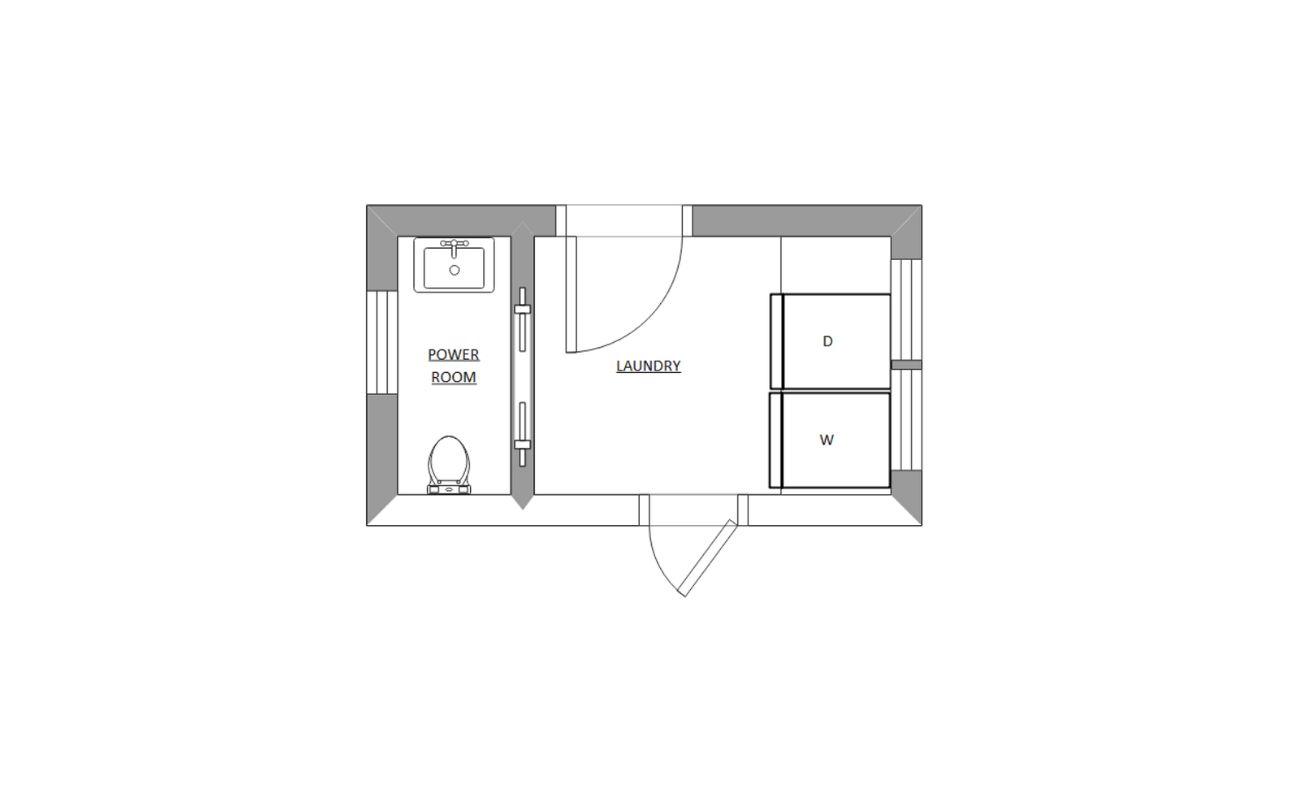
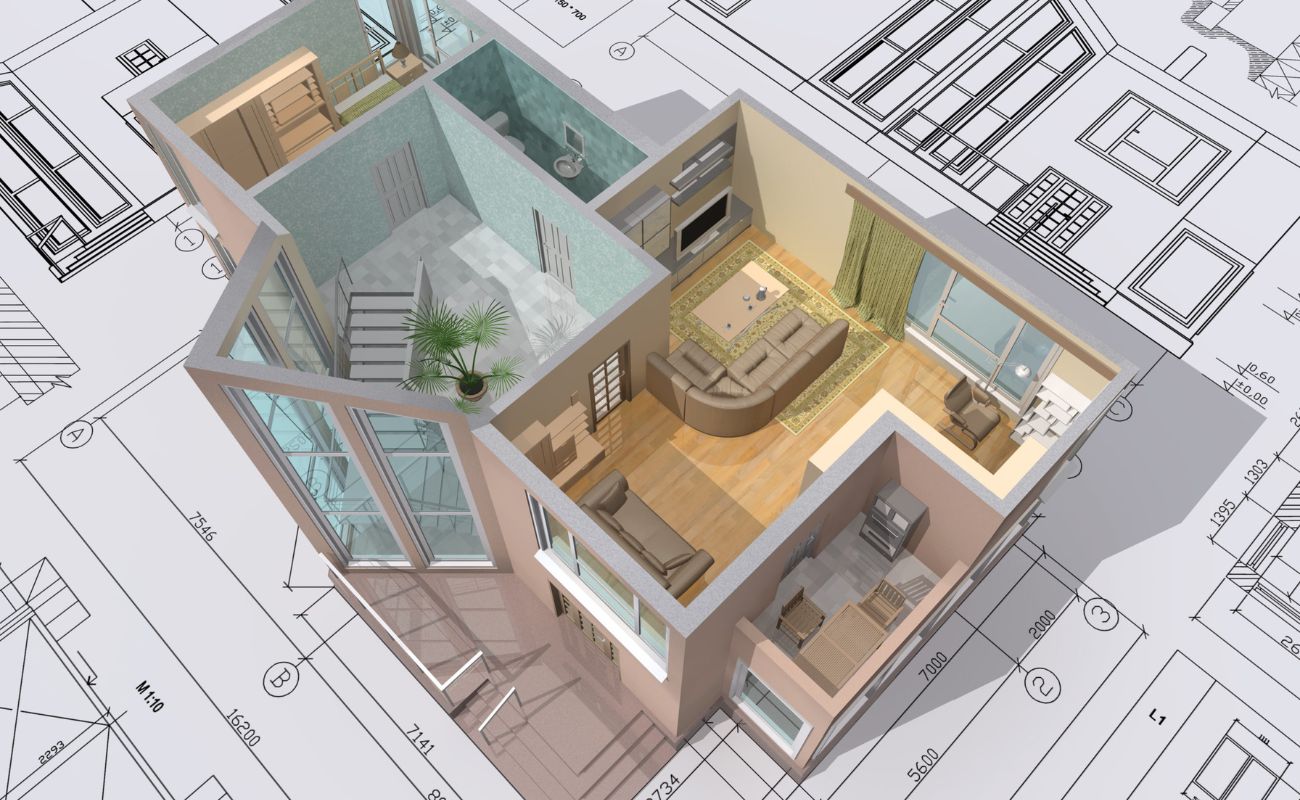

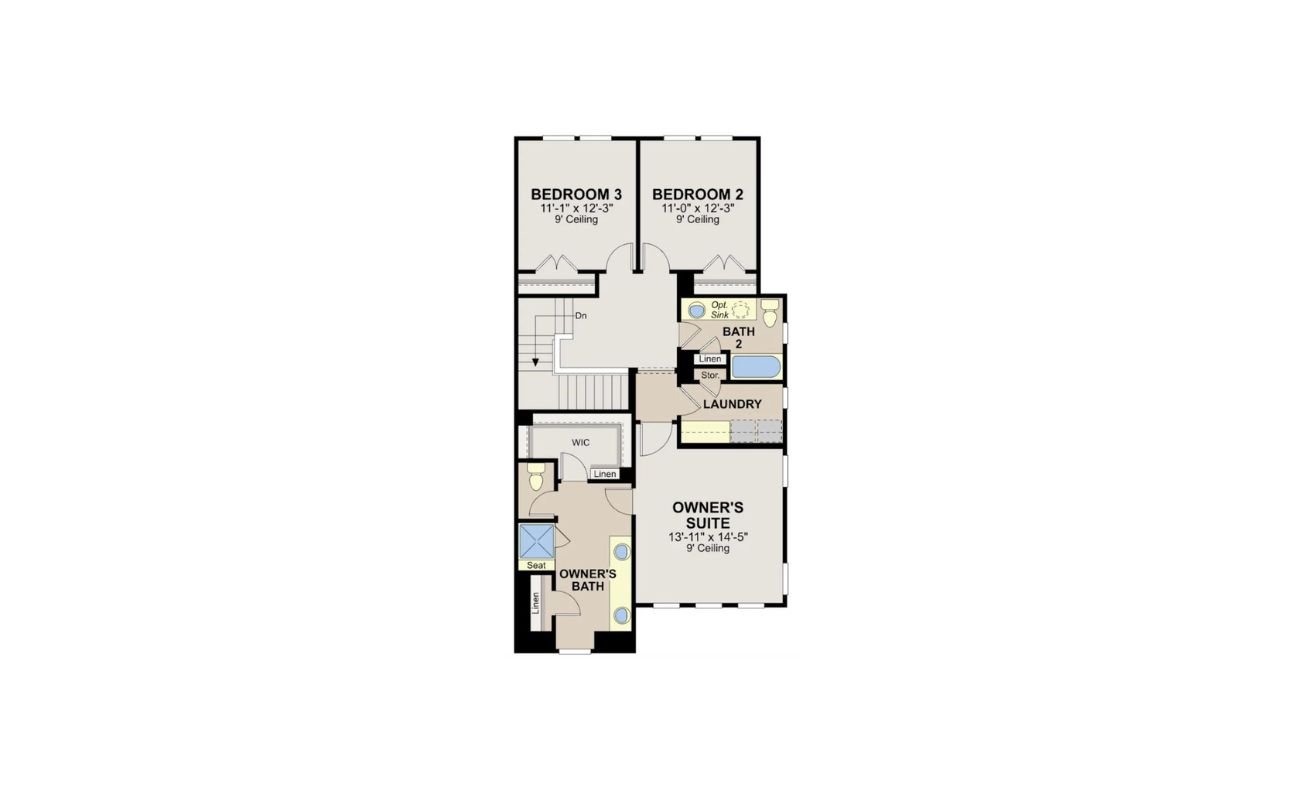
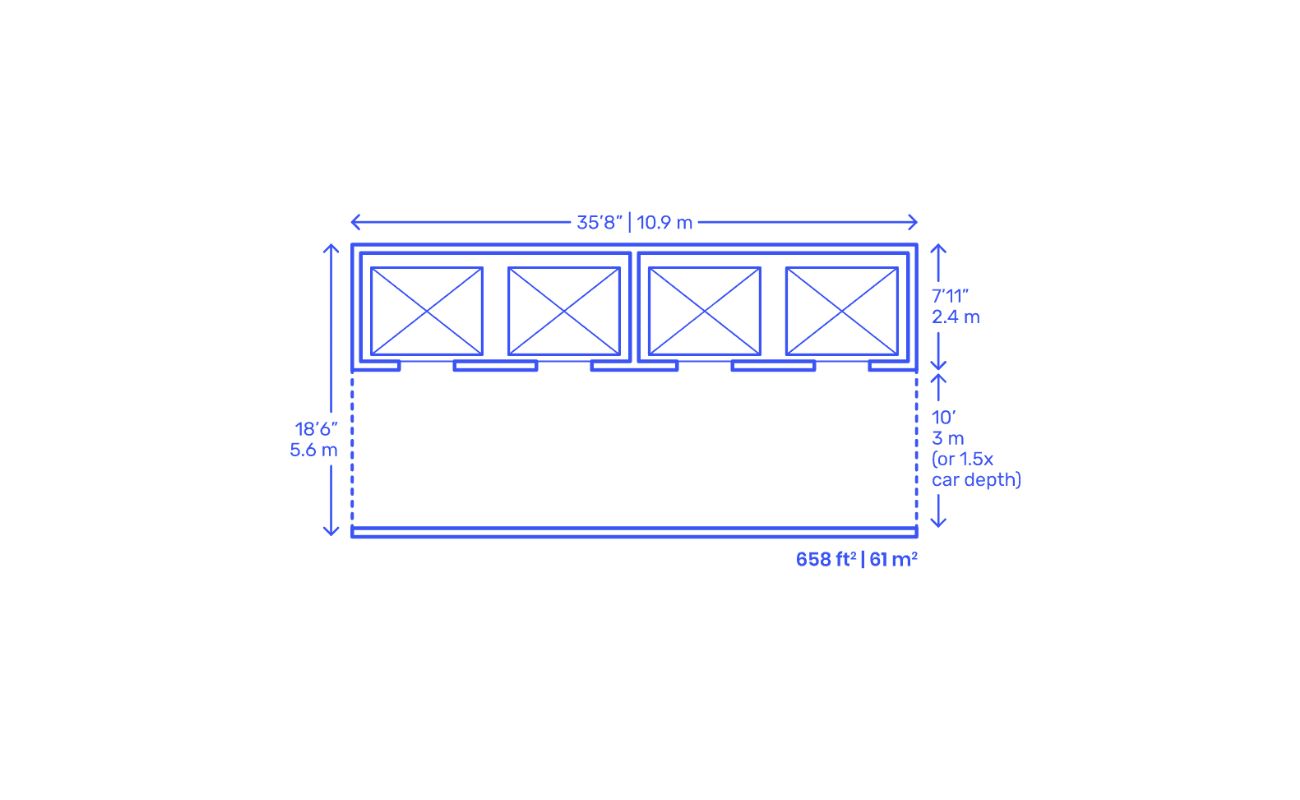
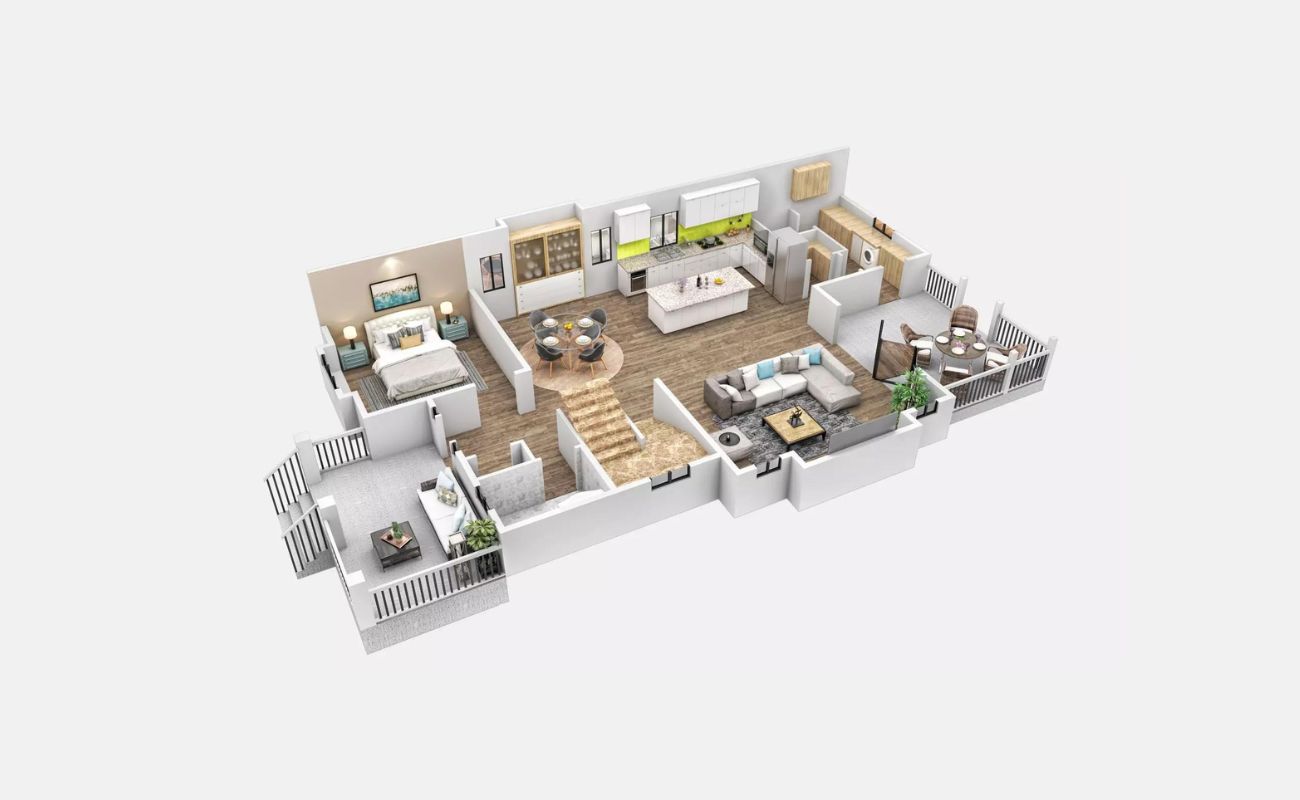
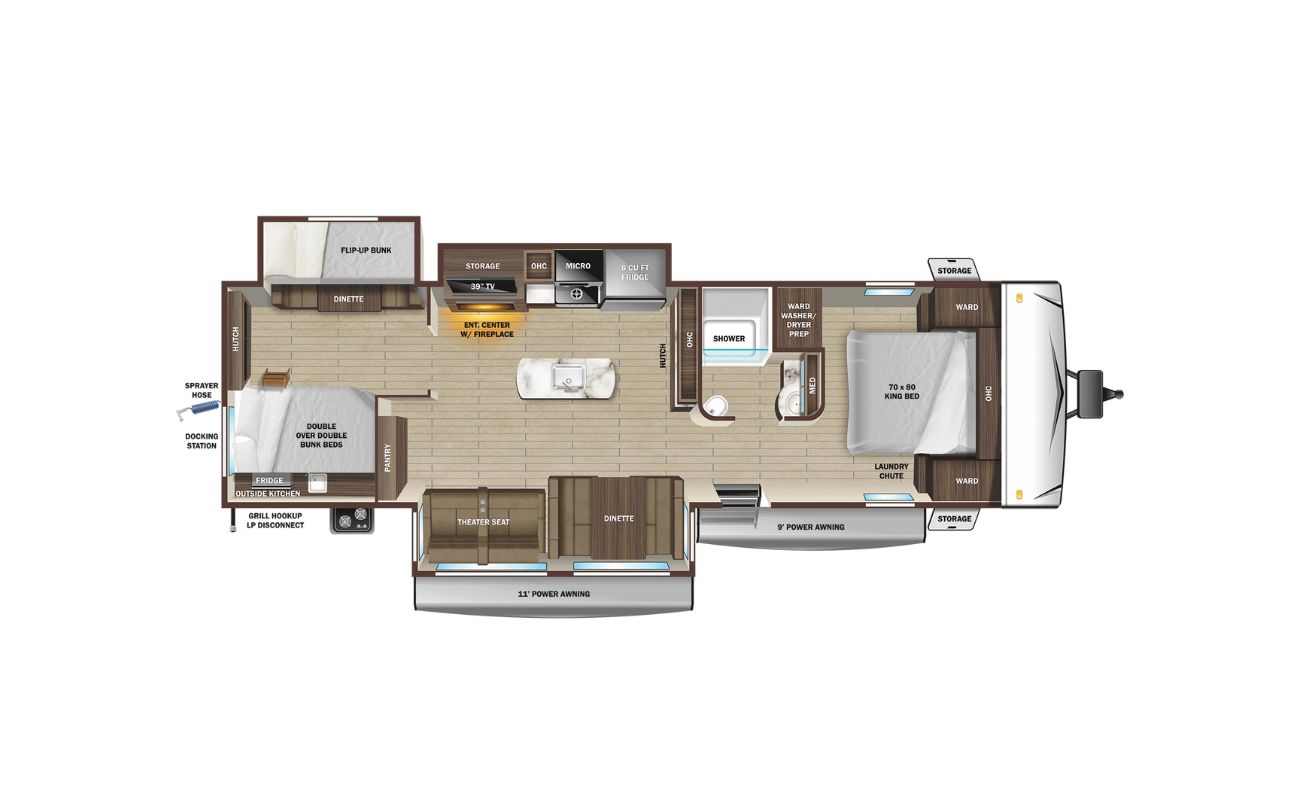
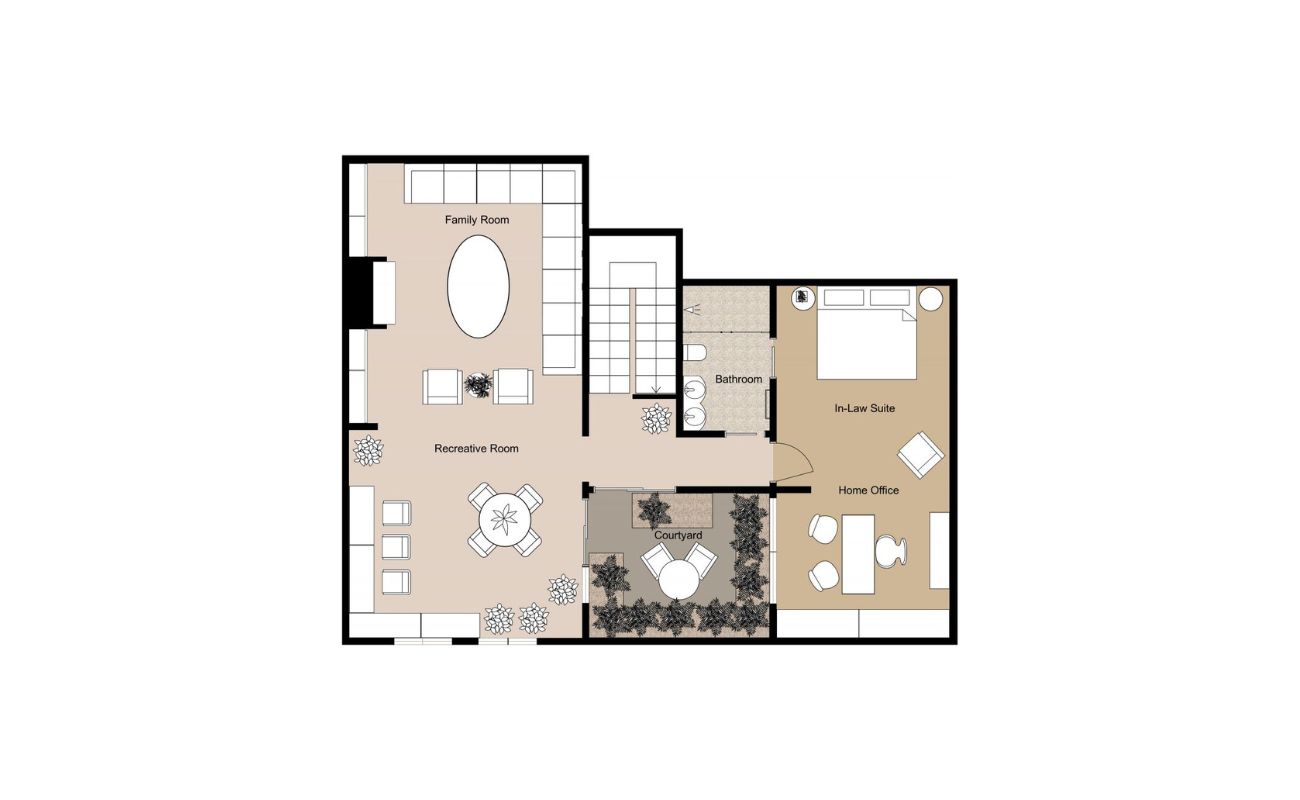
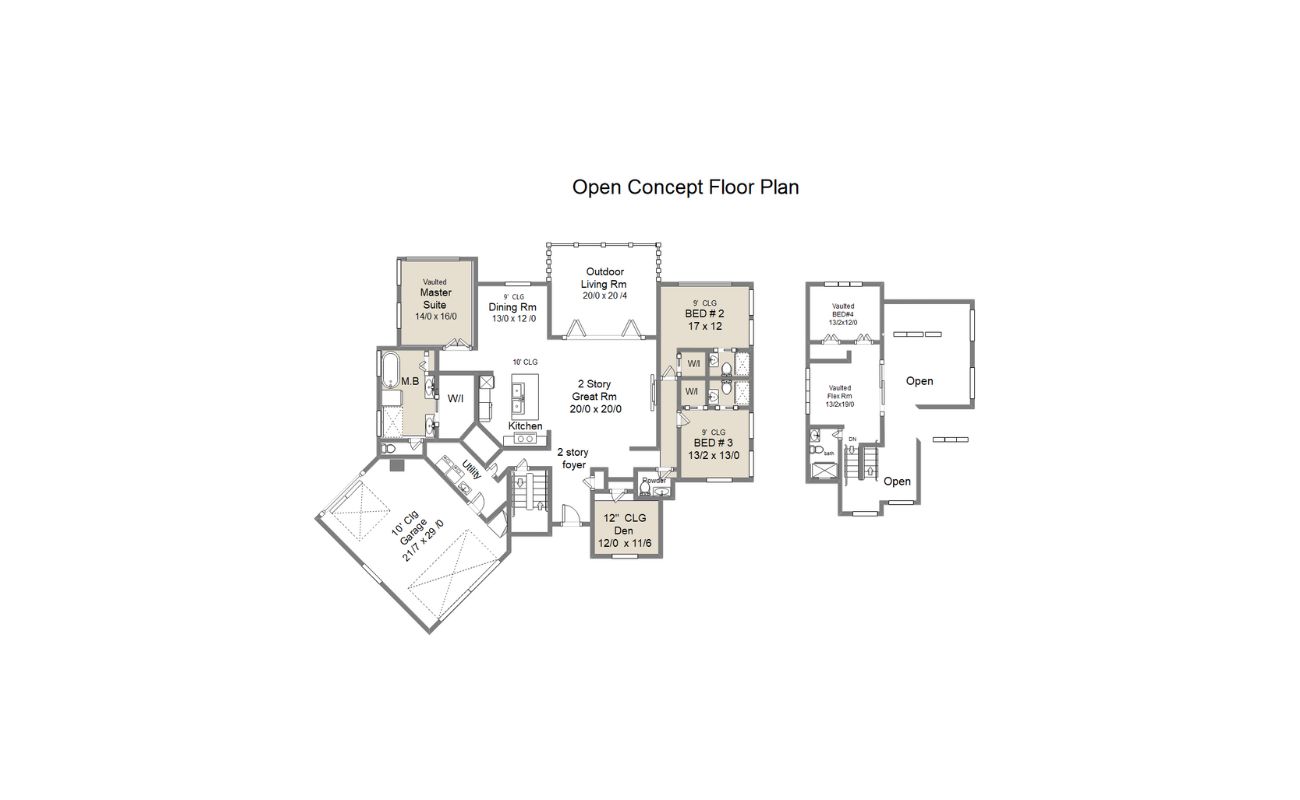

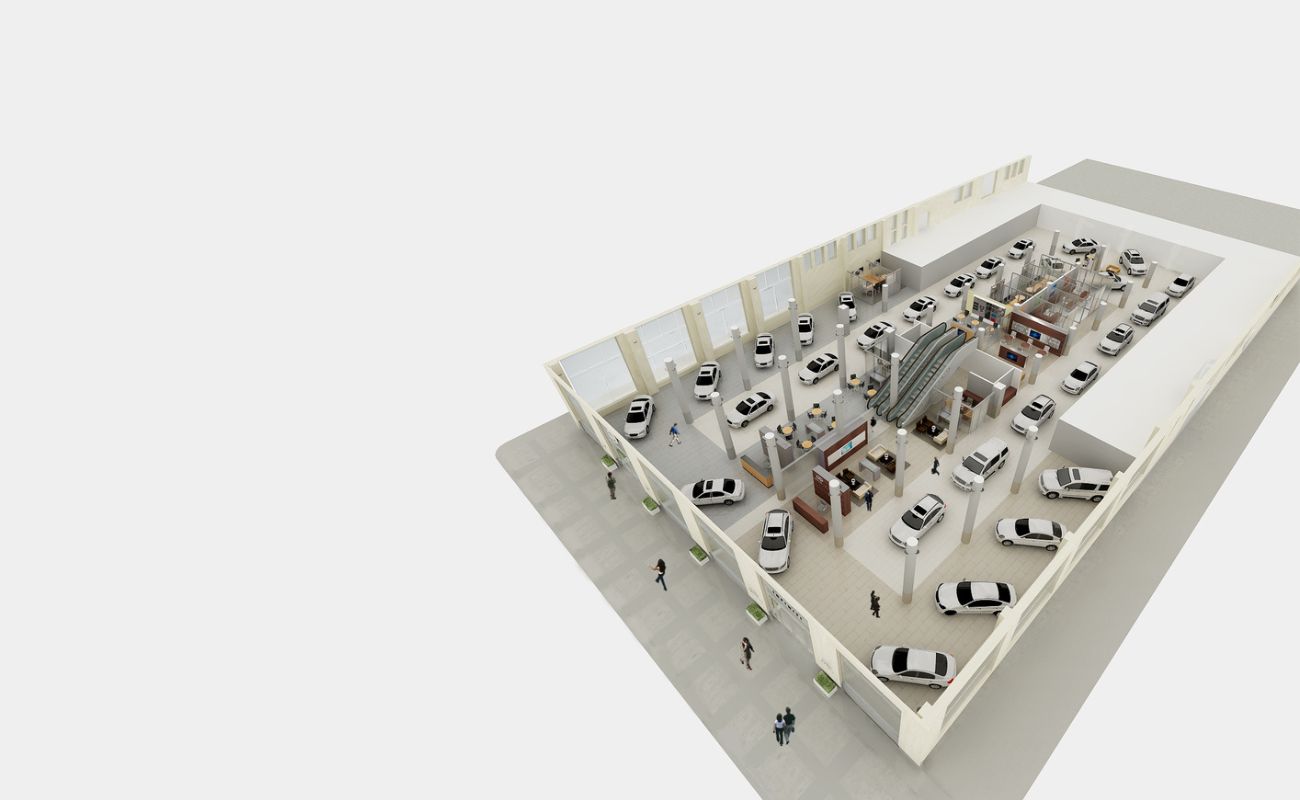
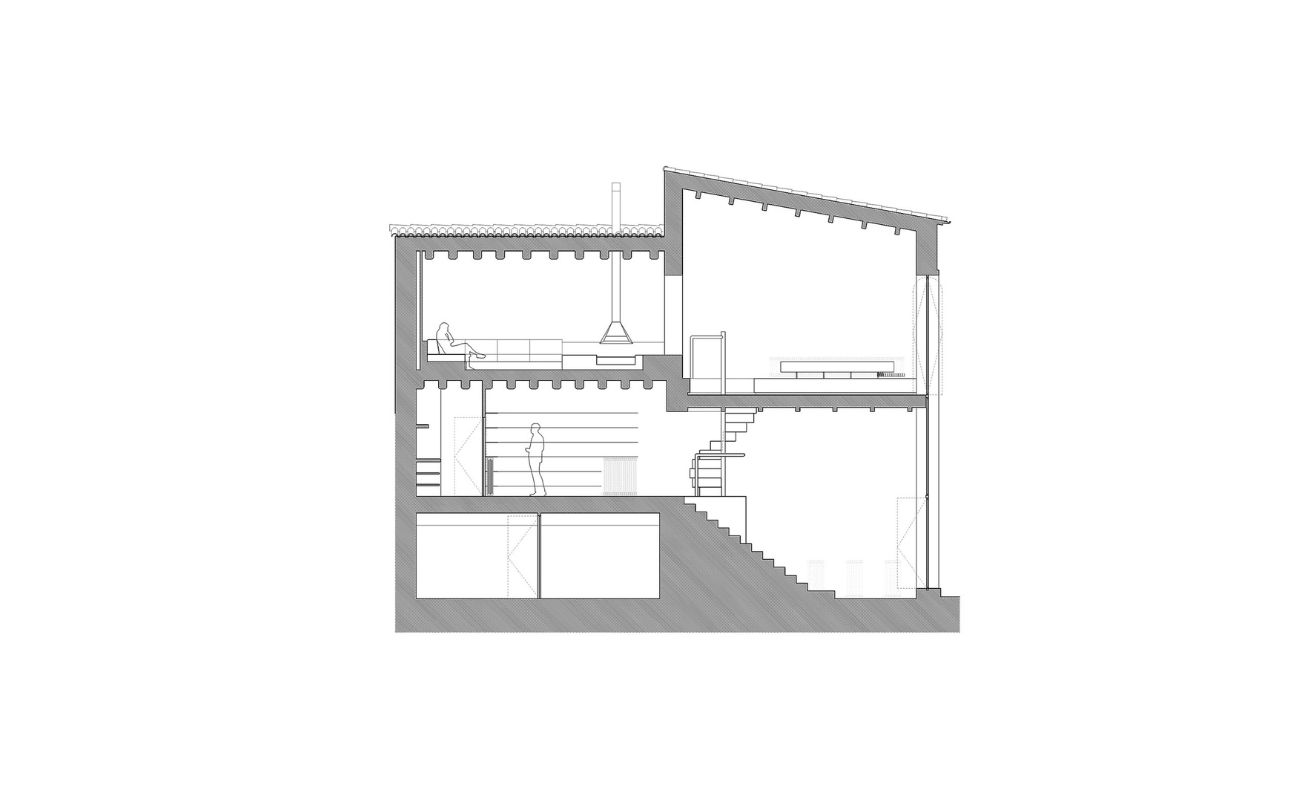
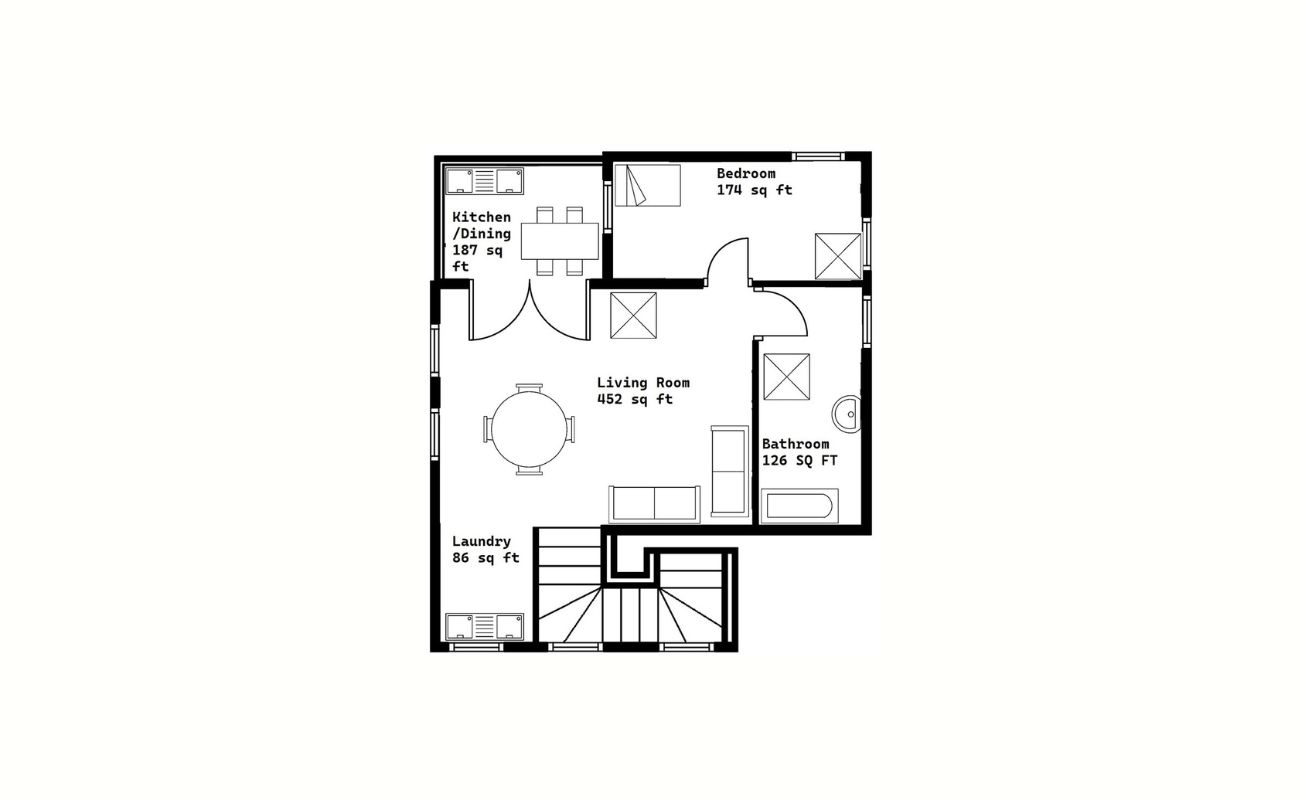


0 thoughts on “What Does “WH” Mean In A Floor Plan”